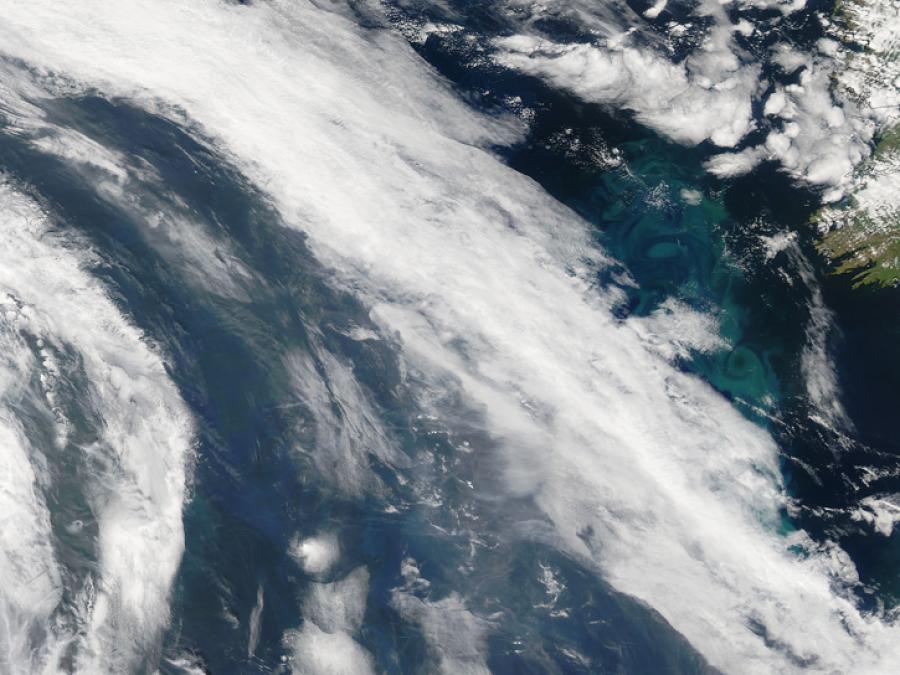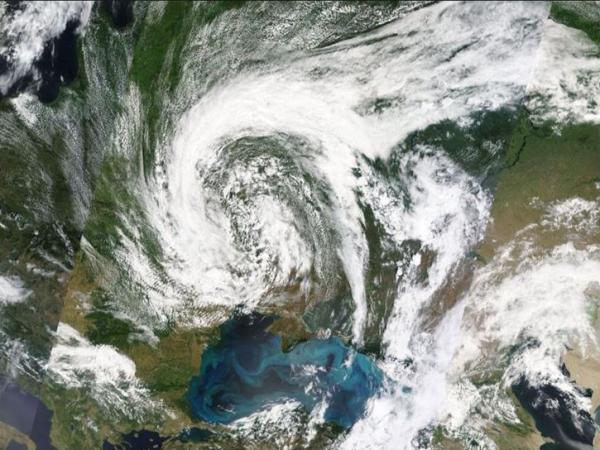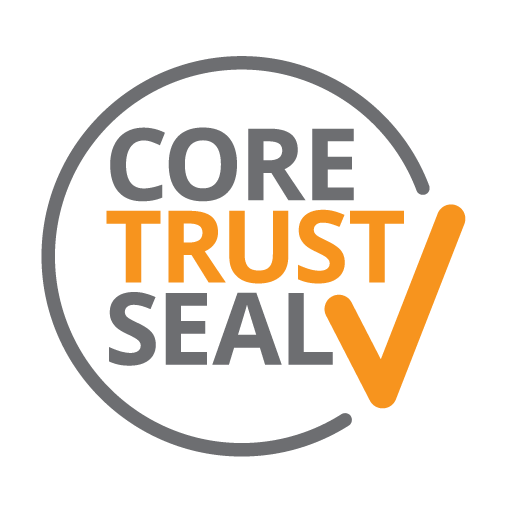


ASDC
NASA's Atmospheric Science Data Center (ASDC), one of NASA's Distributed Active Archive Centers (DAACs), is in the Science Directorate located at NASA's Langley Research Center in Hampton, VA. The Science Directorate's Climate Science Branch, Atmospheric Composition Branch, and Chemistry and Dynamics Branch work with ASDC to study changes in Earth and its atmosphere. Data products translate these findings into meaningful knowledge that inspires action by scientists, educators, decision-makers, and the public.
ASDC supports over 50 projects and provides access to more than 1,000 archived datasets. These datasets were created from satellite measurements, field experiments, and modeled data products.
ASDC projects focus on Earth science disciplines including radiation budget, clouds, aerosols, and tropospheric composition.
ASDC Data and Services
Visit the ASDC website to learn more about data and services. ASDC content will move into Earthdata in 2026.
Location
Manager
Founded
CoreTrustSeal Certified Repository
We are proud to be a CoreTrustSeal Certified Repository. CoreTrustSeal is an international, community based, non-governmental, and non-profit organization promoting sustainable and trustworthy data infrastructures.
